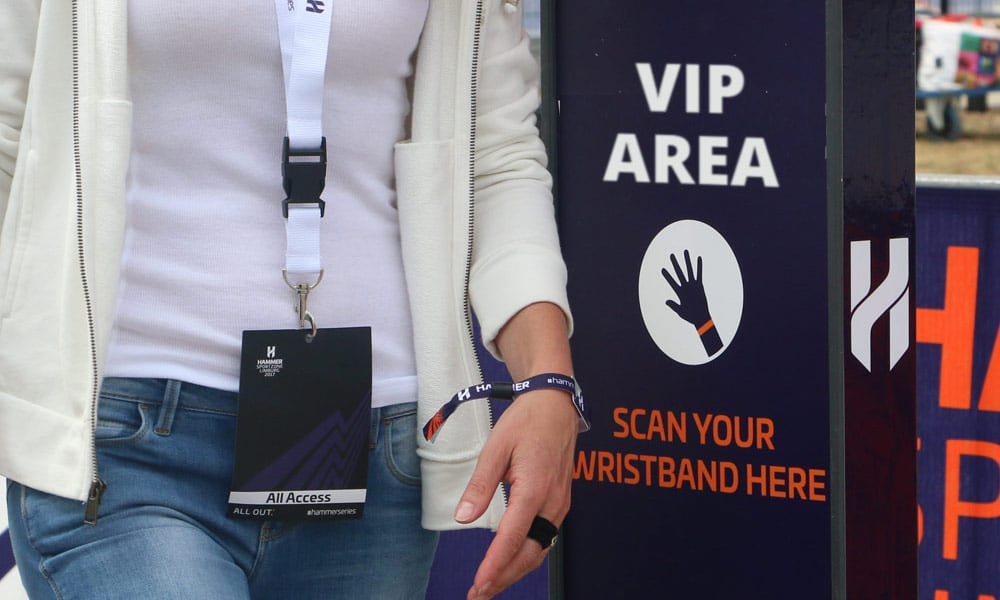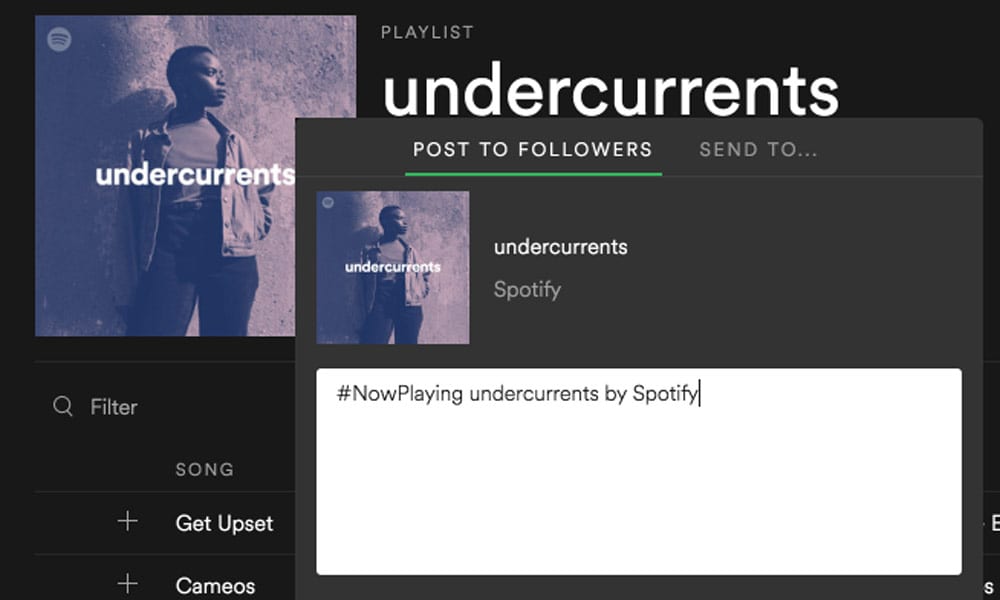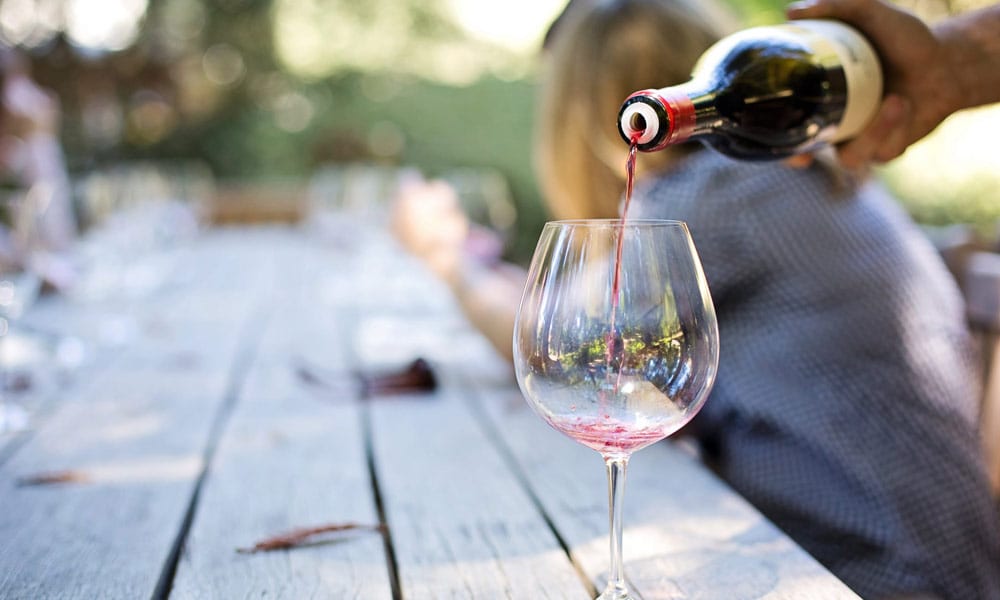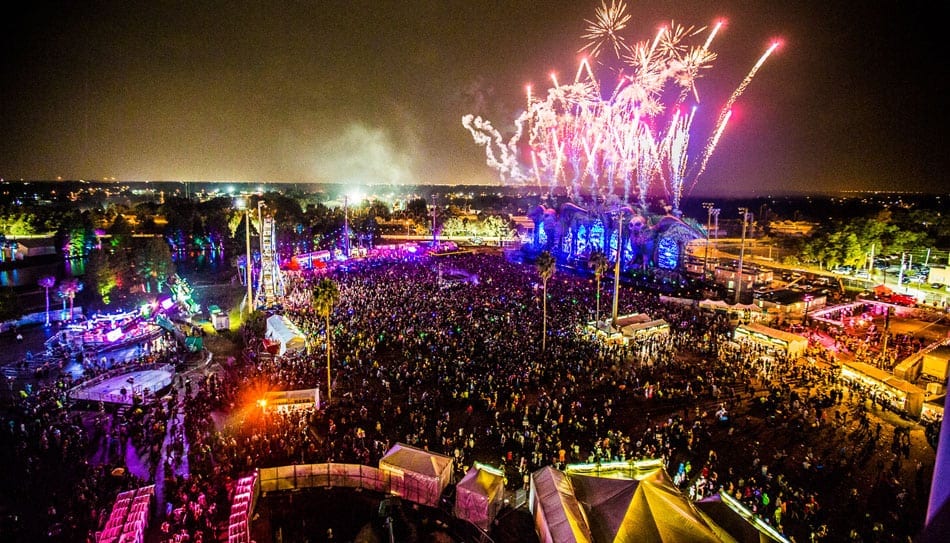There is a ton of marketing activities that occur before an event and during, but what about post-event? After the curtains drop, is it really time to end the show? In addition to putting efforts before and during the event, creating a post-event strategy can yield some extra marketing juice and new results so we’ve assembled this list to get you started on increasing guest retention post-event.
#1: Exclusive Pre-Sale & VIP Packages
The moment you’ve finalized the venue and date of your next event, announce a “Save the Date” immediately to your email subscriber list and social media followers and offer a pre-sale code, if available. Take this opportunity to upsell your customers with VIP packages to elevate their event experience. VIP packages can include upgrades such as optimal viewing platforms, access to private micro-events, exclusive swag, meet and greet opportunities, fast lane “skip-the-line” passes, first dibs on session tracks, premium accommodations, and facilities, valet parking services and much more.

Put yourself in the shoes of your most coveted audience members and discover unique ways to enhance their event experience. Take event promotions and marketing a step further by setting up a separate landing page for your fans to opt-in to for further information on the next event when it becomes available, such as the musical lineup, participating vendors and sponsors, new program initiatives, guest speakers, and more. This way, you’ll be able to gauge interest and obtain a valuable list of highly engaged and loyal followers and segment your subscriber base accordingly.
#2: Customer Feedback Questionnaire
Don’t shy away from asking your customers for direct feedback on their event experience; they’ll appreciate that you care about the quality of your event and are taking action to make improvements. The survey should take no longer than 8 minutes to complete and try to use multiple-choice questions over open field comments where possible. Prioritize your questions based on your event objectives. For instance, if you run a food or beer festival, you may want to know how satisfied your guests were with the selection of culinary dishes or craft beer available.
If you’re organizing a fan expo or business conference, you may want to know what session tracks were the most valuable and what emerging topics are important to them. You may even want to gather some demographic information while you’re building the survey so you can correlate some of the responses to customer segments or profiles. Have you introduced a new concept or process into the event? Find out what worked and what didn’t work. Poll your attendees to determine which future improvements and enhancements they would find most valuable to their experience. A free and easy tool you can use is TypeForm, which allows you to easily create, send, and evaluate surveys. This is the time to gather feedback from your audience and be well-armed to meet their needs in next year’s edition and make improvements on your event marketing strategies.
#3: Exclusive Content
Sending relevant content that feels exclusive to your email list or social followers is a great way to boost engagement levels and build brand loyalty. After all, no one wants to experience the #FOMO (Fear Of Missing Out)! This marketing strategy may require more planning and careful timing; however, it ensures your event brand remains fresh and top of mind among your consumers. Looking to get content ideas? Try some of these fan favorites:
- Video or photo gallery recap
- Custom Spotify playlists
- Guest video or blog spotlight (from a musician, brand sponsor, athlete, celebrity, industry expert, user case study etc.)
- Food or cocktail recipes
- Expert how-to guides and tips
- Panel session and interview recordings
- Thought leadership articles
- Networking groups
- Exclusive download items or unlocked achievements for eSports and games
- Exclusive product offering with an e-commerce site

If you’ve conducted customer questionnaires or deployed RFID technology, you’re probably sitting on a data goldmine about your customers. Leverage event analytics collected by your event technology for segmenting your customers based on their interests, preferences and behavioral or purchasing data. See how Intellitix’s Analytics tool allows event organizers to leverage this type of data. This way, you’ll be able to send them exclusive content that’s relevant to their personas, instead of burning your list with too many generic messages that seem like “spam” which can really damage your event marketing efforts.
#4: Promotional Offers from Partners
Capitalize on the opportunity to bring in more sponsor and vendor participation past the event itself, through online and in-store promotional offers targeted to key audiences. It’s still important to curate the offers being sent to guests, as you don’t want to abuse your subscriber list or followers with unauthorized messaging from external parties. Take the time to handcraft your messaging and incorporate partner offers with your existing event brand to ensure consistent communication with your patrons. The key to sending promotional offers is to ensure the content is relevant and compelling to your target customer segment. Here are a few examples:
- Wine vendors can offer personalized experiences to guests who have sampled their product on-site, including a private tour of their winery, wine tasting, and custom wine-making
- A cheese shop can package a boutique cheeseboard sampler box for guests to purchase online or in-store
- Participating restaurants in a food festival can invite attendees to a special tasting menu, private dining experience, or promo day to thank guests
- Retailers can offer online or in-store coupons, personal stylist sessions, and exclusive merchandise
- Car sponsors with interested buyers may offer test drives in their local dealership
- Technology sponsors can increase adoption through free trial offers, webinars and demos, free consultation, and promotional discounts
- Credit card sponsors can incentivize new and existing customers through promotional deals and special services and/or perks
Promotional offers encourage event attendees to engage with brands and businesses through multiple touchpoints, increasing the ROI and value of sponsorship and vendor participation. Work with your brand partners to create and build a promotional campaign that aligns with their business, as well as your event audience.
#5: Host Micro-Events
What better way to promote your main event than through a series of related micro-events? The benefit of running more bite-sized events is two-fold. On one hand, your event brand stays top of mind for your audience throughout the year, so you’re not starting from scratch each year to reach out to your customers. This also leads to improved ticket sales for your primary events. The second factor is that secondary events are revenue drivers as well. When planned and executed correctly, your mini-events will actually pay for themselves or more, which can be injected into your main event and relieve some of those upfront costs. Simplify your ideas using the knowledge and experience you already know about your events and your audience. Leverage your existing connections and piggyback off your brand and vendor partners to increase resources and lower financial constraints. Creating micro-events that bring your audience together again in a fun and interactive format is a sure win for everyone participating. Here are some sample micro-events to run:
- DJ dance party or concert with local or independent artists
- Food, beer, or wine tours
- Tasting menu dining event
- Food, chef or restaurant battles
- Recipe cook-off competitions
- Craft or merchandise markets
- Local designer fashion shows
- Professional networking events
- Industry expert panel presentations
- Meet-and-greet, autograph-signing sessions
- eSports local tournaments

Micro-events may even prove to be a great testing ground and inspiration for new content at your main event. Your secondary event doesn’t necessarily need to be a mini version of your primary event; instead, exploring different types of complementary content ideas and event formats work well too. For instance, Outside Lands Music & Arts Festival in San Francisco offers attendees more than just a chart-topping lineup of artists and creative installations. Outside Lands also hosts a Wine Lands and Beer Lands area, as well as comedy and improv acts to appease fans. Be the crème-de-la-crème of live events by staying engaged and relevant with your audience past the event itself.
Don’t let the momentum die down once your event is over; seize every opportunity to further develop meaningful relationships with your core customers and brand partners. Now is the time to rally up your event team and get brainstorming and executing on these top event marketing strategies to solidify guest retention and increase demand for your next big event. Your event’s success lies in the community you are building and nurturing. Top-performing events have learned to cultivate a loyal fanbase that will follow them wherever they go, being social advocates of the event and stimulating more demand from other like-minded consumers who want to be a part of the community as well. Having consistent communication and adding more value to your guest experiences are critical to longevity in the event business.


